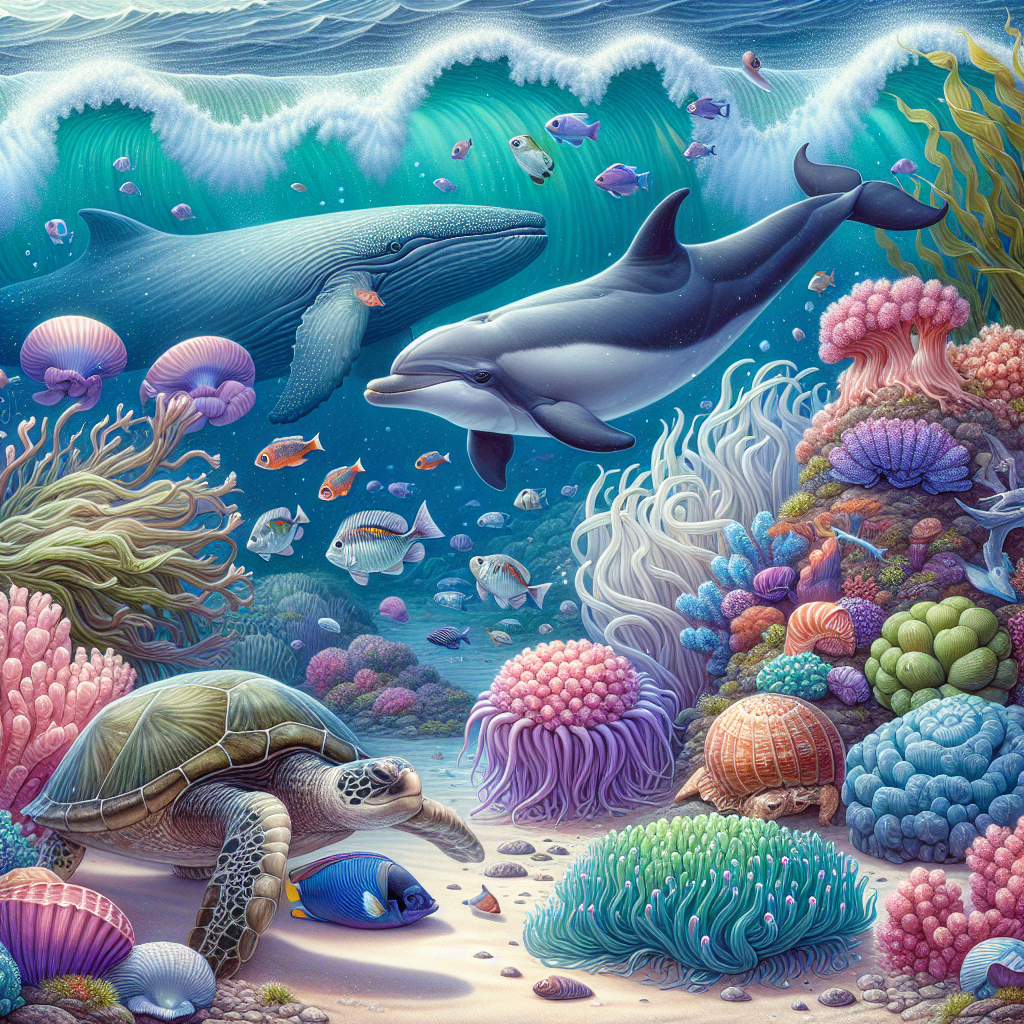Underworld of Life: Unearthing Mysteries from Ocean to Space
Recent scientific findings reveal unique marine life in the Pacific, where creatures thrive by consuming chemicals instead of organic matter. US and Russian space agencies discuss lunar cooperation and ISS collaboration. A new stick insect species discovered in Australia claims the title of the heaviest known in the country. Coastal erosion threatens Chile's beaches.

An unexplored world of life has been discovered in the depths of the Pacific, where scientists have identified chemical-eating creatures thriving in dark trenches. The remarkable communities, dominated by tube worms and clams, survive without sunlight by converting chemicals into energy.
In a rare meeting in Florida, NASA's temporary administrator met with Russia's space agency chief to discuss ongoing cooperation on lunar projects and the International Space Station. This face-to-face interaction symbolizes the enduring partnership between the two space powers.
Australia's biodiversity has expanded with the discovery of a new species of stick insect, now the heaviest known in the country. Meanwhile, scientists in Chile warn that significant coastal erosion could lead to the disappearance of ten beaches within a decade.
(With inputs from agencies.)










